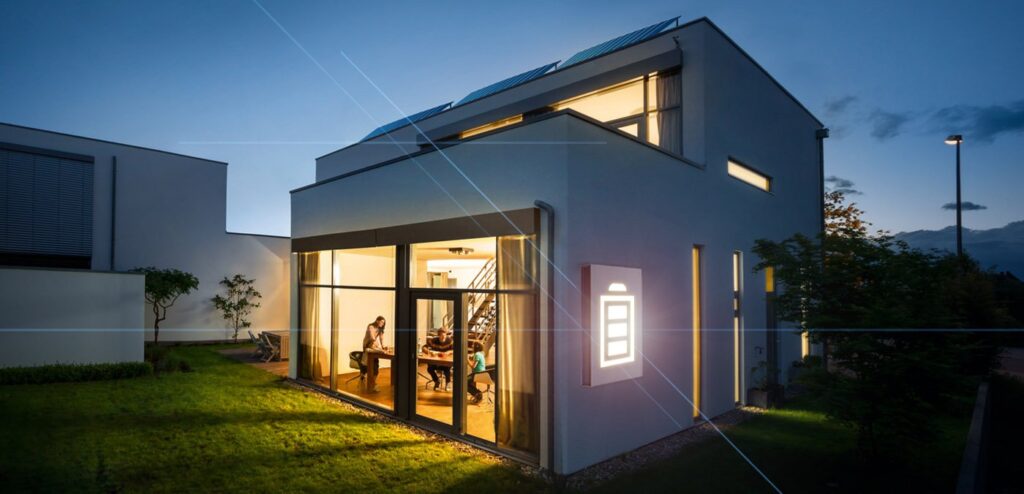Lead-acid batteries are one of the options for home solar energy storage systems, particularly in off-grid or backup power scenarios. There are different types of lead-acid batteries, and the most suitable ones for home solar energy storage systems are:
- Flooded Lead-Acid Batteries (FLA):
- These are the traditional, vented lead-acid batteries. They are cost-effective and can handle deep discharges well. FLA batteries require regular maintenance, including checking and replenishing electrolyte levels, cleaning terminals, and ensuring proper ventilation.
- Valve-Regulated Lead-Acid Batteries (VRLA):
- VRLA batteries are sealed lead-acid batteries that come in two main types: Absorbent Glass Mat (AGM) and Gel batteries.
- AGM Batteries:
- AGM batteries are maintenance-free and sealed, making them easy to handle. They use an absorbent glass mat to hold the electrolyte, preventing spills. AGM batteries are suitable for solar applications due to their low self-discharge rate, high efficiency, and ability to handle deep discharges.
- Gel Batteries:
- Gel batteries use a gelified electrolyte, making them maintenance-free and resistant to vibration. They are suitable for solar applications where a maintenance-free solution is preferred. Gel batteries are known for their stability and reliability.
When choosing lead-acid batteries for a home solar energy storage system, consider the following factors:
- Capacity: Ensure that the battery capacity meets your energy storage requirements. Consider both daily cycling needs and the ability to provide power during extended periods of low solar production.
- Depth of Discharge (DoD): Different lead-acid batteries have varying DoD capabilities. Choose batteries that can handle the depth of discharge required for your specific application without compromising their lifespan.
- Maintenance Requirements: Consider whether you prefer maintenance-free options like AGM or gel batteries or if you are comfortable with regular maintenance associated with flooded lead-acid batteries.
- Space and Weight: Evaluate the available space and weight capacity for battery installation. AGM and gel batteries are often more compact and lighter than traditional flooded batteries.
- Cycle Life: Check the cycle life of the batteries, as it indicates how many charge-discharge cycles the batteries can undergo before their capacity significantly degrades.
Always follow the manufacturer’s guidelines and specifications when selecting and installing lead-acid batteries for a home solar energy storage system. Additionally, consider alternative energy storage technologies like lithium-ion batteries, which have become increasingly popular for residential solar applications due to their higher energy density and longer cycle life, though they may come at a higher initial cost.


